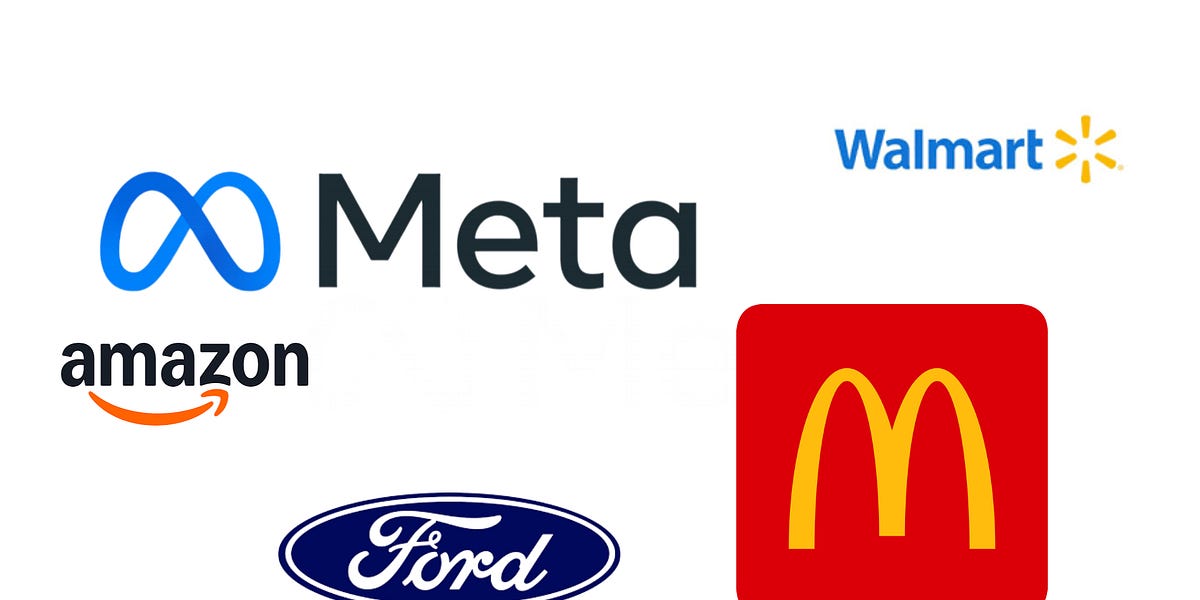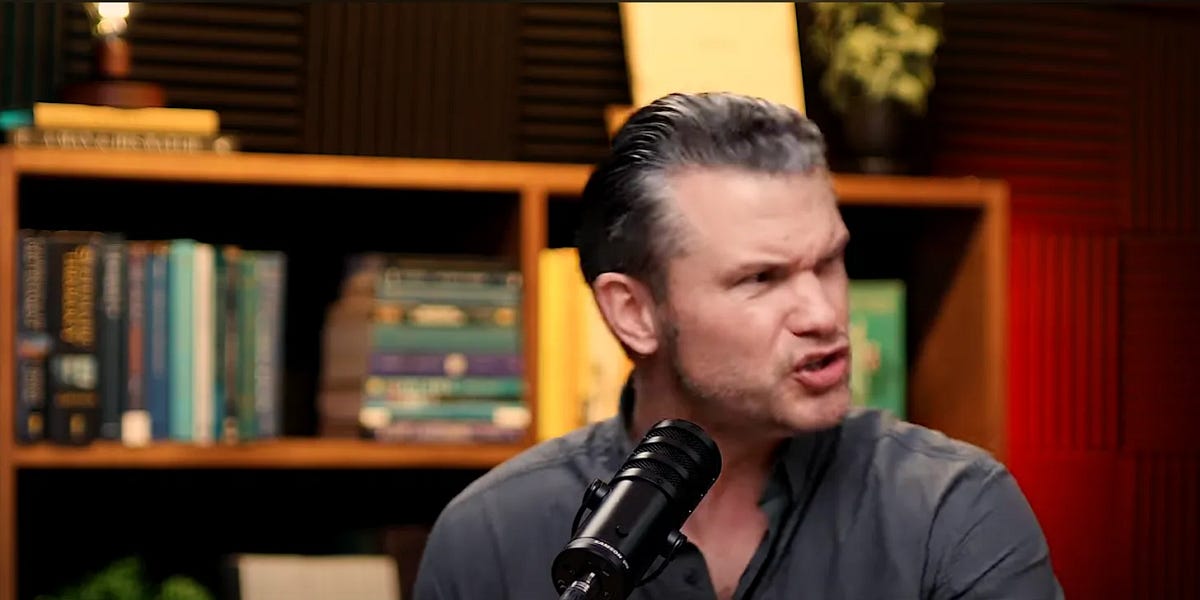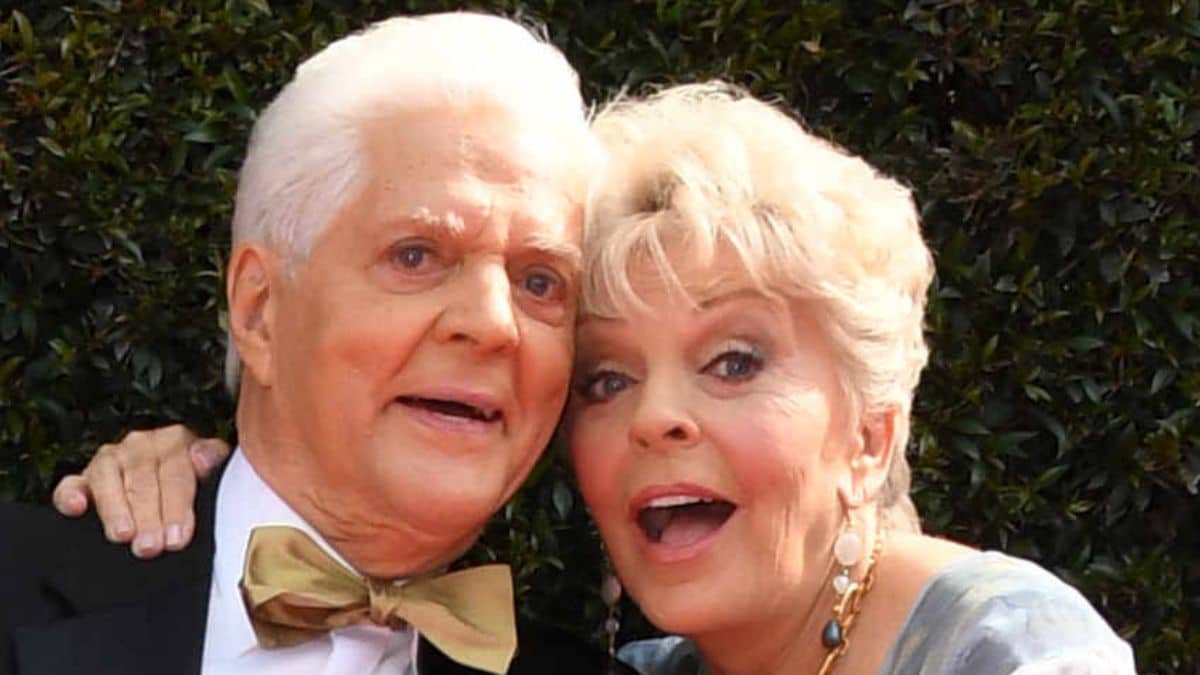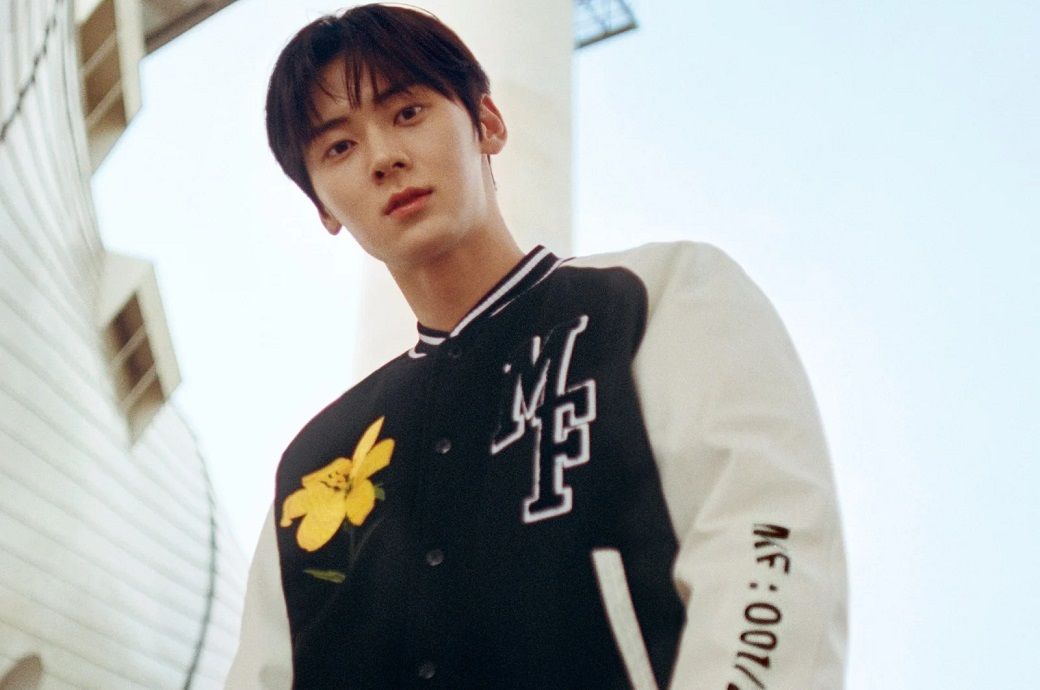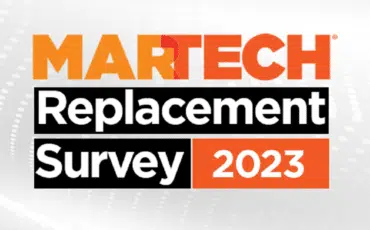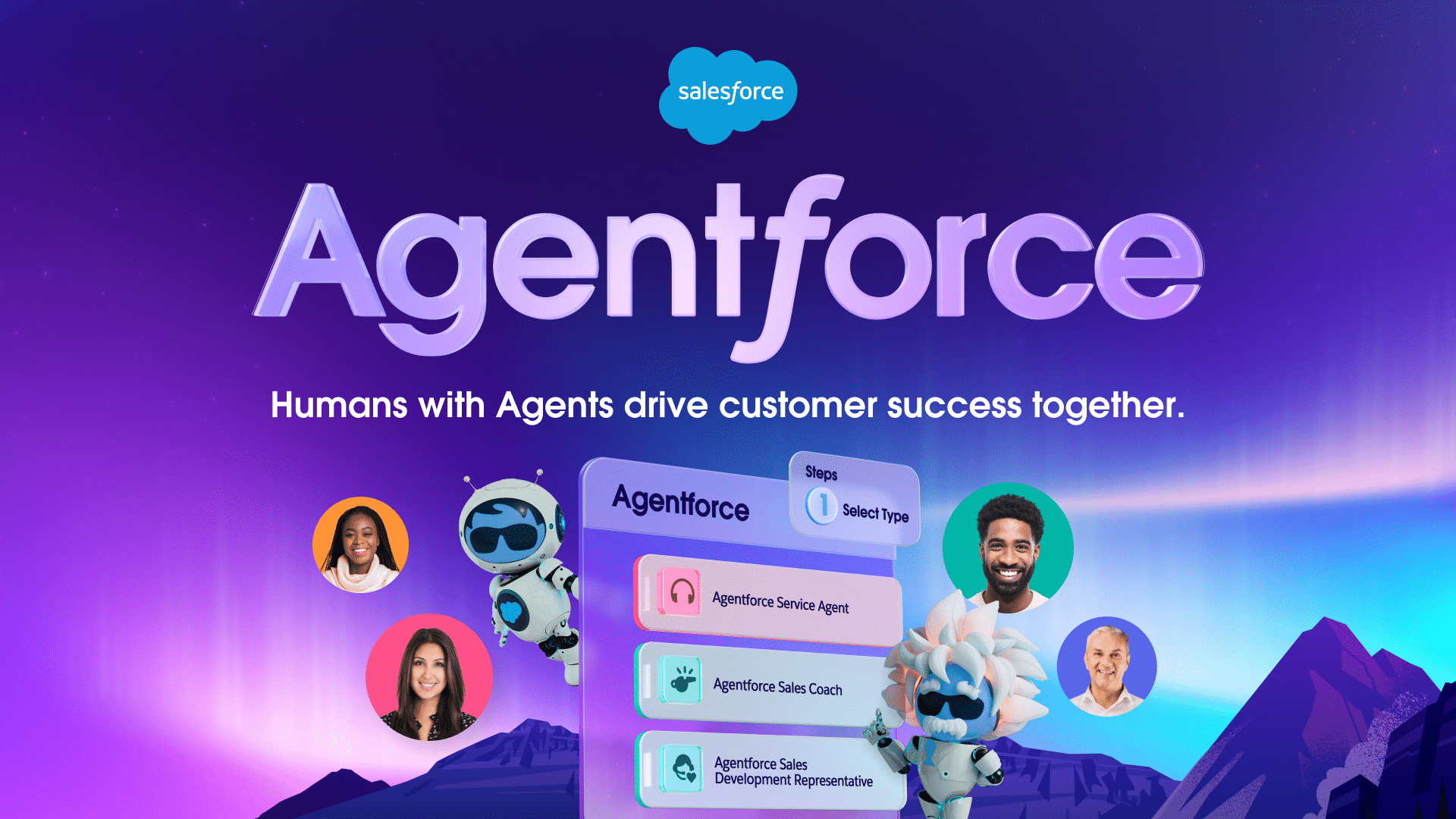So what to make of new Twitter CEO Linda Yaccarino’s PR-speak version of her approach to managing the app?
Yesterday, Yaccarino published a series of tweets, in which she outlined why she chose to come work for Twitter under new owner Elon Musk, and what will guide her decision-making at the app.
And most of what Yaccarino shared is predictable cheerleading:
“Elon knew space exploration and electric vehicles needed transformation, so he did it. It’s also becoming clear that the global town square needs transformation – to drive civilization forward through the unfiltered exchange of information and open dialogue about the things that matter most to us. Have you ever been talking with someone particularly insightful and thought, you should have the freedom to speak your mind. We all should. Enter Twitter 2.0.”
Yeah, that’s pretty much an Elon talking point – and I don’t know that free speech was as contained as Musk and his contemporaries want to project in their public statements.
But this has become a common refrain, and a rallying call for Musk’s acolytes, so it’s no surprise to see Yaccarino parrot the same here.
What exactly that will mean, in a business context, is another thing altogether, and it’ll be interesting to see how Yaccarino, in particular, is able to balance this approach with her remit to attract more advertisers to the app.
As a reminder, Twitter’s US ad revenue is down by almost 60% this year, due to many brands opting out of Elon’s various changes at the app. Those have included bringing back previously banned users, lessening removals of violative content, putting increased reliance on the user community for moderation, and allowing ads to be subject to audience fact-checks via Community Notes.
Some of those may end up being positive steps, but at present, many brands are hesitant, and it’s Yaccarino that’ll be tasked with providing more reassurance on each element.
“Twitter’s on a mission to become the world’s most accurate real-time information source and a global town square for communication. That’s not an empty promise. That’s OUR reality. When you start by wrapping your arms around this powerful vision, literally everything is possible. You have to genuinely believe – and work hard for that belief.”
Yeah, more cheerleading, not overly insightful. ‘Wrapping your arms’ around a corporate concept is a particular highlight.
“The success of Twitter 2.0 is all of our responsibility. We need to think big. We need to transform. We need to do it all together. Our first principles are questioning our assumptions and building something new from the ground up. It’s rare to have the chance to put a new future into the hands of every person, partner, and creator on the planet.”
Again, it’s really a PR-style call to action, littered with bombastic platitudes, which is pretty much what you would expect from the incoming CEO of a company. But it doesn’t really provide a lot of insight into how Yaccarino will tackle Twitter’s key problems – though the note about challenging assumptions is what’s seemingly been key in Musk’s traditional business approach.
When Musk took over Tesla, for example, there were lots of assumptions about what could and could not be done with electric vehicles, with batteries, in particular proving to be a stumbling point for many past attempts in this arena.
The assumption was that batteries cost a certain amount to make, and could not be made cheaper, but Musk broke the process down, sought out new options, in line with technological advances and progress, and found new ways to make it happen. That was a key turning point for the company, and that’s the same approach that Elon’s taken ever since, re-examining possible solutions to existing problems, even if they’ve been tried many times before, and seeing if there might be new ways to address them, with the possibility of discovering new opportunities.
That’s why he’s trying out various things that Twitter’s tested in the past, like creator subscriptions, Twitter Blue, original video content, etc. Twitter’s tried, and essentially abandoned each of these projects in the past, which is why most analysts are skeptical of Musk’s attempts – but Elon’s going to find out for himself whether these approaches can work, with a new perspective, as opposed to just taking everyone else’s word for it.
Because if a new angle can be found, that could solve all of Twitter’s problems.
Twitter Blue, for example, still hasn’t seen significant take up, despite Musk’s attempts to make it a more attractive package. But if Twitter can make it work, that’ll bring in more money, while reducing Twitter’s reliance on ad dollars, and potentially addressing many of its bot and spam problems in a single solution.
If Twitter can boost take-up, that would be ideal. But evidence would suggest that it can’t – which, again, is why outside commentators are critical of Musk’s moves. It’s less about ideological differences, a common counter to Elon criticism, and more about historical context and data.
But if Elon can find a way, as he has in the past, it could be a revolution, despite what history may suggest.
That’s an interesting point of context in Musk, and now Yaccarino’s approach – that not everything they do is going to work, but every experiment will give them more context. And even if those outside the company believe that we have enough context already to abandon some of these approaches, Elon and Yaccarino are going to challenge assumptions, and test them anyway, with a view to re-building the app in line with these principles.
Is that even possible? As an outside analyst, I’m predictably skeptical, as you might expect. But this is the way for Twitter 2.0.











